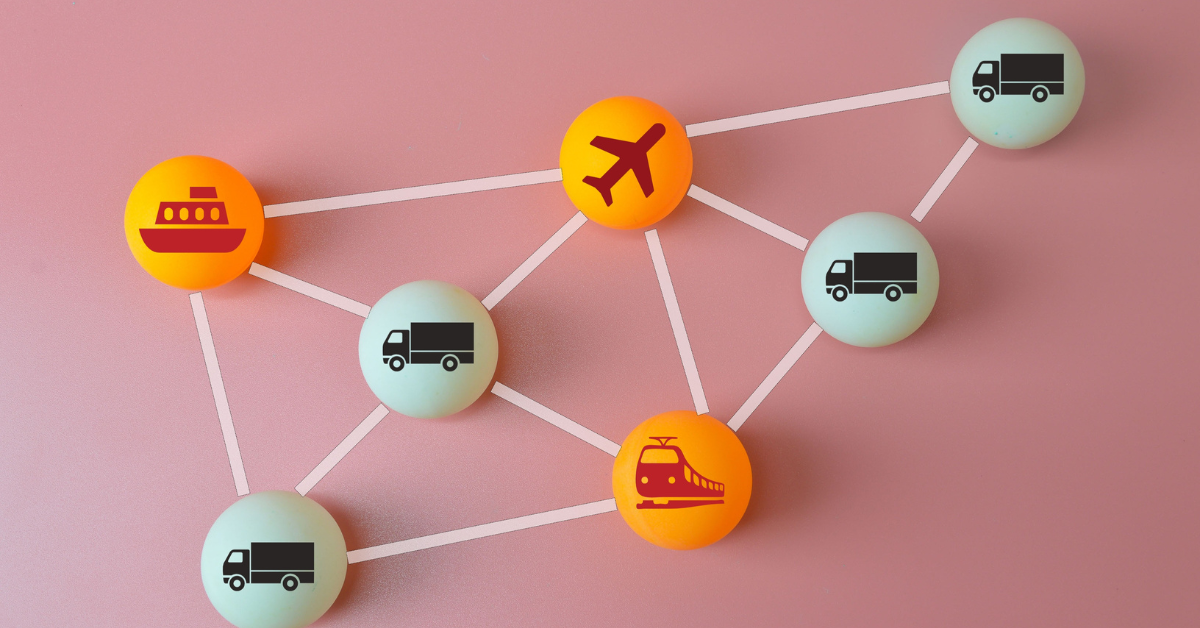Interconnectivity and transparency are much like interlocked hands, especially in today’s digital age of insight and big data. When it comes knowledge and information, customers require more real time data and transparency, and information systems and processes to assist stakeholders towards sustainable supply chain measures. This is why supply chain visibility and transparency matters within the freight and shipping industries, especially in current volatile nature of present COVID-world.
The concept of supply chain management relies heavily on global connectivity, real time visibility, traceability, data integrally and transparency, which is networked through interlinked information systems. By enabling companies to make corporate strategic decision making easier and more sustainable, it allows for global connectivity, supply chain visibility, and the shipping industry to become a cohesive unit that can ultimately work together to sustain the retail companies in a ethical and sustainable manner. Yet, financial, environmentally and socially, there can be hiccups along the way, and figuring out how to better mitigate and final mutual performance and success criteria is important.
Capacity measures in terms of traceability and transparency impacts supply chain visibility, where clients are able to track/trace supply chain through the distribution from raw materials to the end product stage to the front door stage as a means of transparent processing.
In terms of a supply chain visibility, traceability has a high impact on the end product as it necessitated re-traceability of the source of the product should it need to. Traceability and supply chain visibility also matters in terms of integrity and providing trust to the end customer for sustainability measures.

